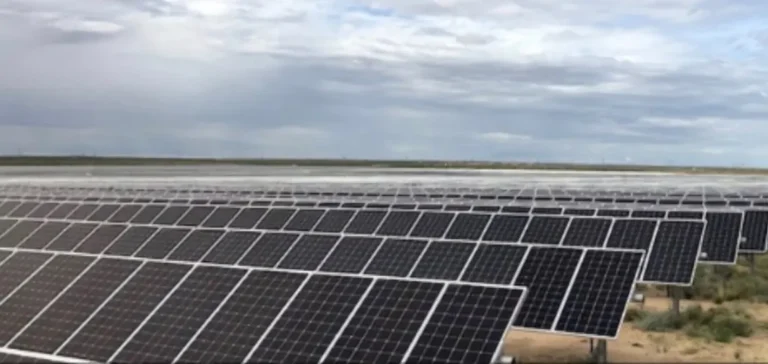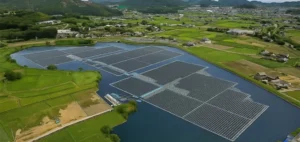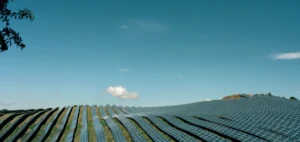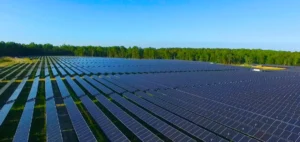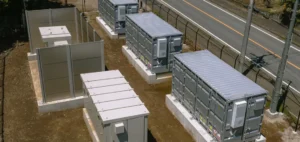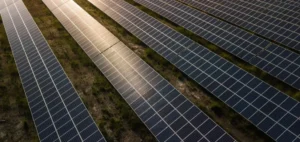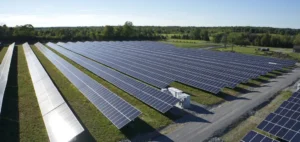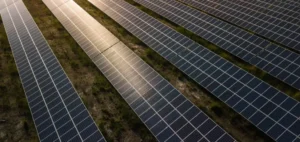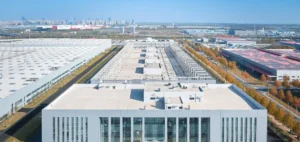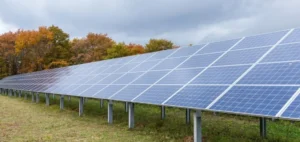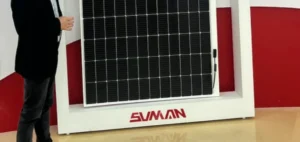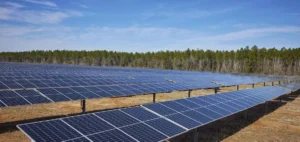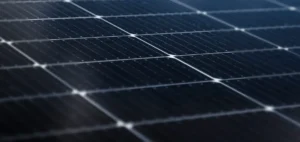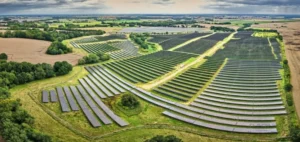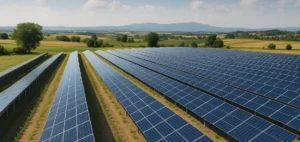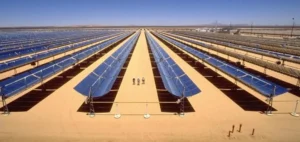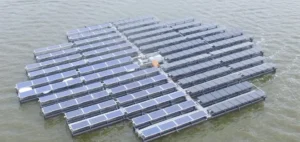German energy company RWE has officially inaugurated a solar park with an installed capacity of 4 megawatt-peak (MWp) in the commune of Ardillières, located in the Charente-Maritime region. Named the Pierrières solar park, the site spans four municipal plots covering a total area of 3.6 hectares, previously used as a landfill. The installation comprises 7,420 photovoltaic modules and will meet the annual electricity needs, including heating, of around 1,500 households.
A project delivered in under five years
The project began in 2019 with initial discussions with the Ardillières town hall. A building permit was granted in 2023, the same year the project was selected as part of a technology-neutral tender launched by the Commission de régulation de l’énergie (CRE). Construction started at the end of 2024, with the first electrons fed into the grid during the summer of 2025.
RWE stated that the project was executed in close cooperation with local elected officials. Joseph Fonio, President of RWE Renewables France, noted that the project demonstrates “the company’s ability to quickly deploy solar solutions across France.”
Economic impact and municipal land use
In addition to generating electricity, the project provides the municipality with a steady income through an annual lease for land use, on top of standard local tax revenue. Olivier Denéchaud, Mayor of Ardillières, indicated that this income would help fund development projects, including the renovation of public buildings.
The decision to build on unused land enabled optimisation of a previously idle municipal asset, without competing with agricultural or residential use. This helped facilitate local acceptance of the project.
Targeted environmental integration measures
RWE worked with environmental experts to minimise the park’s impact on the surrounding area. The selected plots avoided the region’s typical dry and wet habitats. Hedgerows were planted, wildlife crossings installed, and the height of solar panels was limited to enhance visual integration.
These measures aim to ensure compatibility between energy production and the site’s ecological characteristics, while supporting long-term operational stability.


